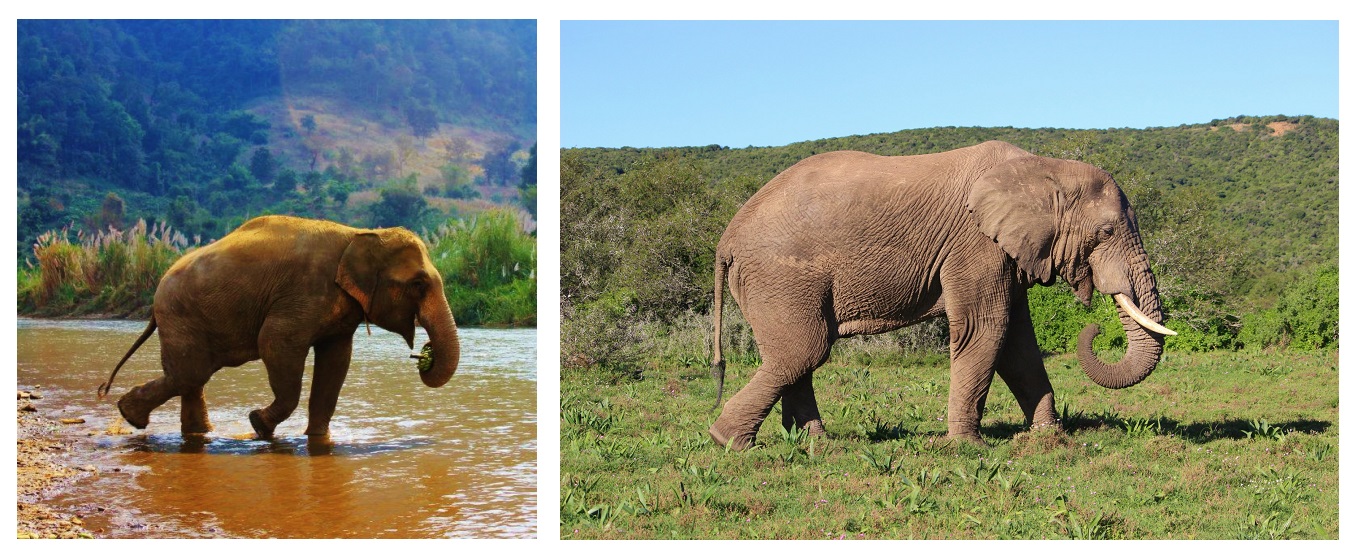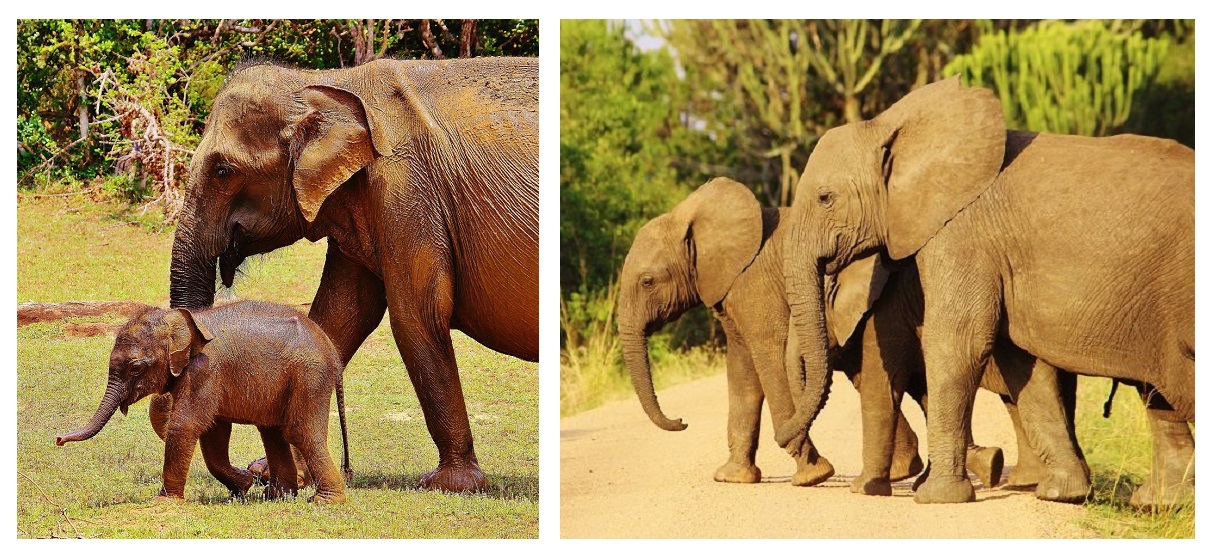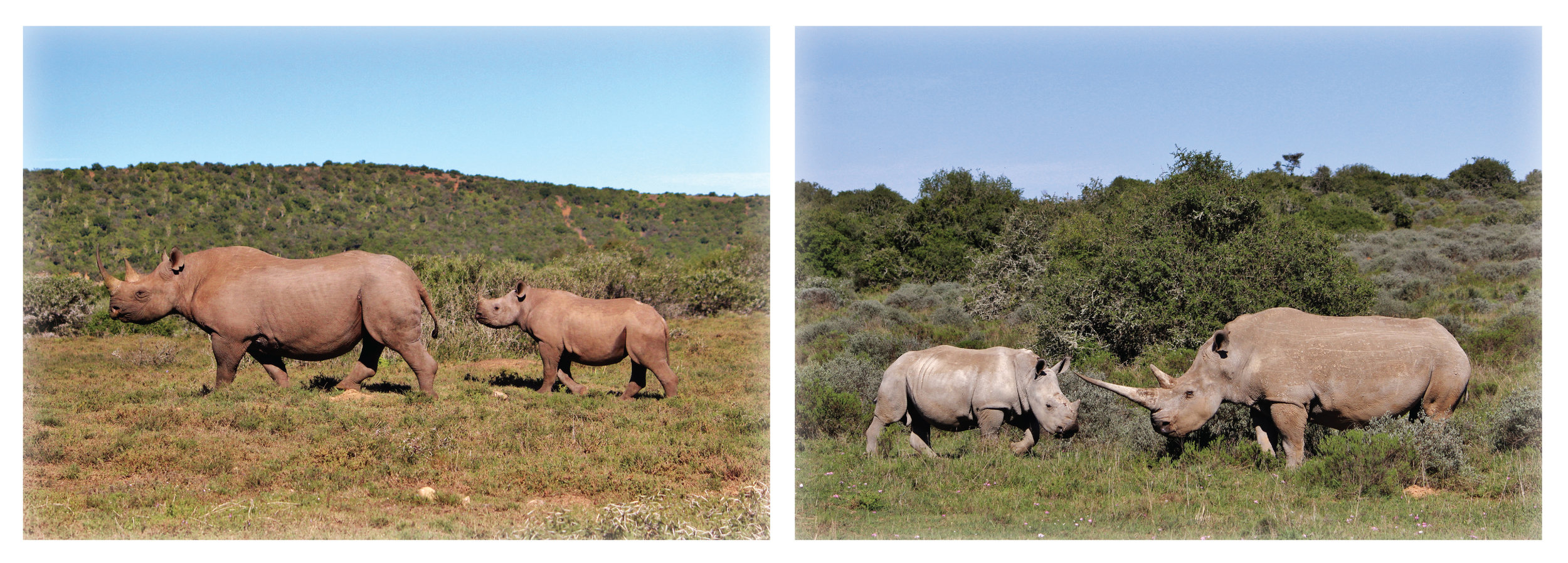In 2013, I packed up the comforts of a corporate lifestyle and enrolled on a course with FGASA (Field Guide's Association of Southern Africa) with an end goal of achieving a professional safari guiding license. The intensive course entailed spending several months living and training on a beautiful big-five game reserve in South Africa's eastern cape.
As anyone in the safari industry will tell you, in order to become a successful guide simply “knowing your stuff” just won’t cut the mustard. During training, aspiring guides must become skilled in a number of disciplines before obtaining their certification. Off-road driving, first aid, rifle handling, and wildlife tracking are just some of the skills to be mastered.
However, the most essential characteristic of any guide worth their salt is undoubtedly strong interpersonal skills. Excellent knowledge of wildlife combined with infectious charisma is certainly the winning formula, but since obtaining my license I've witnessed many guides lead thoroughly entertaining game drives purely for their ability to understand and charm an audience.
Am I tremendously experienced in guiding? No. Have I still got a lot to learn? Absolutely. But I've been through a rigorous training program and have led numerous successful safaris across southern and eastern Africa. I have also been afforded many opportunities to play the role of client. Throughout these experiences, I've witnessed well-seasoned guides make some pretty basic yet easy to eliminate errors. Below, I offer some pointers for those looking to up their safari guiding game.
Getting Acquainted
Learn the names of everyone in your game viewer. It makes the whole experience seem far more personal if you offer your clients this simple yet crucial courtesy. Additionally, before setting off for the day ask each client if there are any particular species they wish to see, and make the effort to find them.
If your clients are desperate to see highly elusive or difficult to locate species such as leopard, try to look for tracks or other signs of the animal's presence and use them to tell a story. It won't be the same as witnessing the animal in the flesh, but you'd be amazed at how contented a person can feel just by visualizing. This simple practice can make a big difference and will go a long way toward proving you are continuously considering your client's requests.
Stay Interesting
Avoid listing off boring facts. People don't generally want to know the average weight, life span, and gestation period of every single animal unless they specifically ask. To learn and memorize all of these facts and figures is indeed impressive, but you're going to send your clients to sleep if you reel off the same old details time and again. Instead, increase your overall awareness by observing the surrounding environment and the animal's behavioral reactions. Let's use an example. It's a windy day and you spot a group of giraffe feeding on acacia; gradually moving from one tree to the next in a direction that goes against the breeze. Now let's look at two different guiding presentation options.
Option 1: "Here's some Giraffe. The collective name for giraffe is called a tower or a journey. Their average life expectancy is 25 years and the gestation period is 13-15 months. Giraffes can weigh up to 1.5 tonnes and sleep for only around 20 minutes per day. Their tongues can grow up to 20-inches long."
Just like a sleep-deprived giraffe, everyone in the game viewer is yawning (actually giraffe are considered by some scientists to be the only living vertebrate that doesn't yawn, but that's beside the point). You can get away with using some of these facts every now and again, especially if they happen to be surprising. But let's look at another option.
Option 2: "Here we see a journey of giraffe. As you’ll observe, they are feeding upon these acacia trees and using their incredibly flexible 20-inch long tongues to strip the leaves from the plant's protective thorns. Interestingly, many plant species use a number of defense mechanisms besides thorns. You may have noticed that the giraffe are moving against the wind. This behavior has a clever and deliberate purpose because, believe it or not, it's a counter move against the trees which are effectively talking to one another! Some trees like these acacias produce bad tasting, mouth-drying tannins when under attack. Not only do the trees produce tannins, but they emit a gas called ethylene that sends warning signals to other trees around them. The surrounding trees then produce tannins themselves, before coming under attack by the hungry giraffe. Therefore, the giraffe move against the wind toward the acacias which aren't producing tannins."
I think most would agree that Option 2 is far more interesting and allows you as a guide to speak in a more enthusiastic and engaging manner.
Never Busk!
If a client asks an obscure question which you don't know the answer to, the worst thing you can possibly do is make something up. You'll get found out eventually, which could seriously harm your reputation and cause your client to consider whether all of the facts you presented were false. I once sat with an experienced guide who was asked by a client to list off all the cat species living in the reserve. He started off well by listing lion, leopard, caracal, and serval, but then ruined it by adding genet and civet. The guide may have genuinely believed genet and civet were cat species, and thus seemed convincing to clients who were evidently not suspicious. It's when guides blatantly don't know the answer and make something up that gets them into a sticky spot. Instead, concede to your clients that you don't know the answer and make an educated guess. If you wish to go the extra mile, do some investigating after the game drive and use it as a topic of conversation perhaps later around the camp fire.
Visual Aids and Storytelling
Despite all of your hard work and preparation, there will always be those days where the animals just don't seem to cooperate. Having field guide books at the ready for such occasions can really make a difference. Sometimes, only a few of your clients manage to spot an animal before it has quickly concealed itself behind thick vegetation. This can make those who didn't see the animal feel left out, but showing them pictures in your book can help to slightly alleviate their woes. Field guide books also come in handy on occasions where the subject of your attention is too far in the distance for clear viewing. This can be a very common problem with birds.
Furthermore, if animals don't much feel like making an appearance, make sure to have a few good wildlife related stories to tell and use the surrounding environment to your advantage. There are endless things to talk about, including the history of the area, geology, climate, plant life, and for night drives, astronomy.
Bino-power
Following on from the last point, don't underestimate the power a good set of binoculars has in transforming an ordinary safari into a spectacular one. Always offer your binoculars to clients when pointing out smaller animals or those situated far from the vehicle. They can make or break a game drive, especially when the animals don't want to play ball.
Unspoiled Viewing
Switch off your engine! This common mistake is without question the most frustrating of all. Unless you have some grumpy or startled elephants in close proximity, there is no reason for you to leave the engine running. Not only are you disturbing the animals (resulting in them distancing themselves from the raucous), but you're also denying your clients the rare opportunity to spend a peaceful moment among unspoiled nature. Furthermore, any photographers on board will want nice clean shots of their subjects, and a rumbling engine will result in blurred images!
Attention to Detail
Position your vehicle wisely. When considering how and where to situate your game viewer, the well-being of the animals and plant life should always take priority. Next, you need to think about how you will ensure that everyone in the vehicle will have an unobstructed view. Where possible, try to position the vehicle so that the sun is behind you. It works better for those wishing to take pictures and photographers will thank you for your attentiveness. At sunrise and sunset your clients may actually prefer to face the sun in order to achieve the classic silhouetted images. Even if none of your clients have expensive DSLR cameras, always try to act as if they do. Those with basic point-and-shoot or even smart phone cameras will come away from the safari far more satisfied if they were able to capture amazing shots thanks to your savvy driving skills.
Contagious Passion
Always be enthusiastic! Yes, you've seen an elephant a million times before, but your clients have likely traveled thousands of miles and parted with their hard earned cash for this first time experience! Don't sit with your back turned acting unimpressed. The more zealous you are about your job and the surrounding wildlife, the more likely it'll rub off on your clients. A safari experience should never feel contrived, however, so if your guiding lacks gusto, it's time to find another job!
Wildlife Ambassador
As a guide, it is your duty to advocate for the wildlife that essentially provides you with a living. Talk to guests about current conservation issues. People tend to be more appreciative and empathetic toward wildlife when they're out in the bush. There's surely no better time to encourage support for amazing wildlife protection organisations like the WWF, WCS and Panthera than when your guests are gazing at some of Earth's most magnificent creations.
Happy Guiding!














